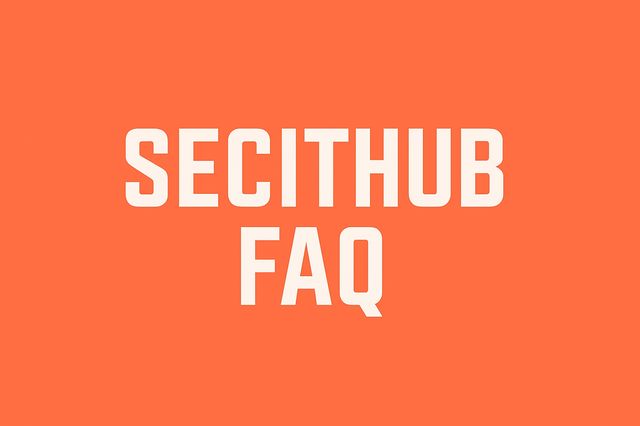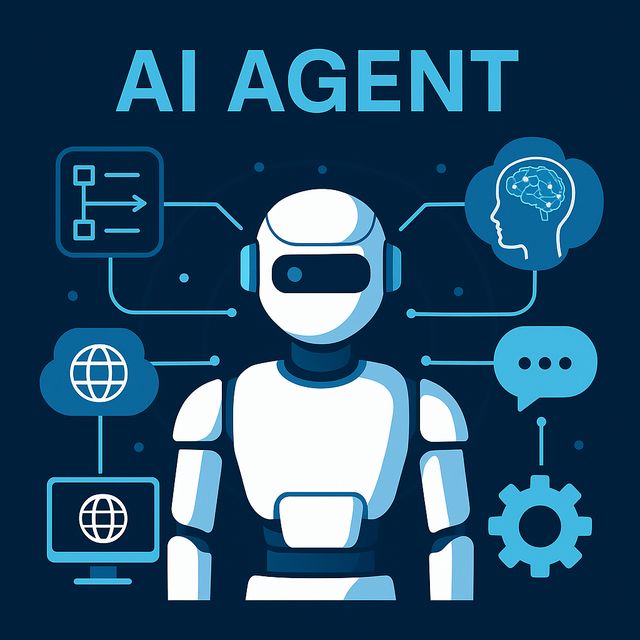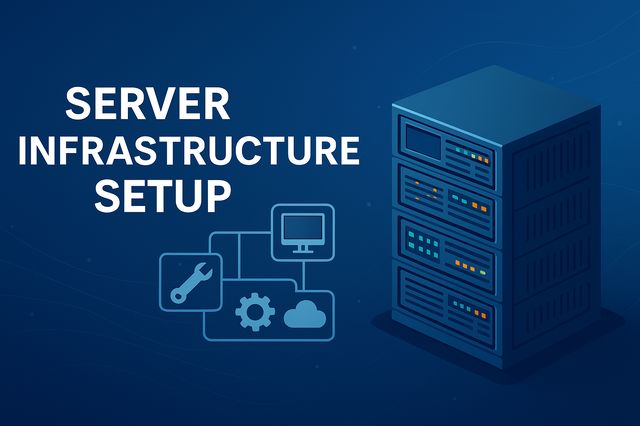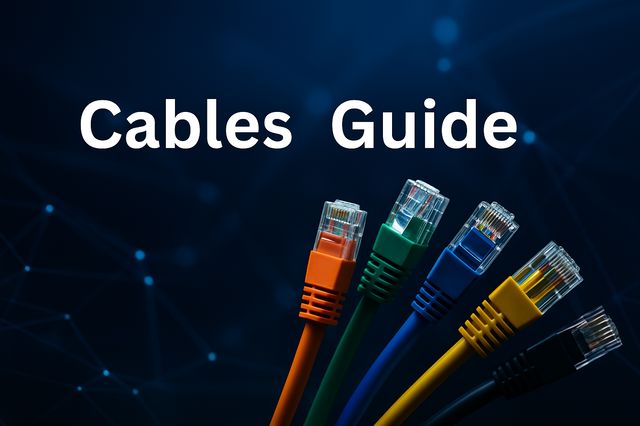AI agents in 2025 are advanced digital systems designed to plan, reason, and act autonomously but most remain limited automation tools rather than true independent entities. Real AI resilience depends not on autonomy alone, but on governed frameworks, human oversight, and data-driven accountability that balance innovation with control.
The tech world has declared 2025 the “Year of the AI Agent.” Startups are raising millions to build “autonomous copilots.” Big tech firms from Microsoft to IBM are promising digital workers that will plan, decide, and act on their own.
But beneath the buzz and buzzwords, a hard truth is emerging: most so-called “AI agents” are not autonomous at all. They are sophisticated tools with limited context, shallow reasoning, and deep dependencies on human oversight.
So before we hand them the keys to our data, our workflows, and our decisions, it’s worth asking how much of the agent revolution is real progress, and how much is just hype dressed as innovation?

The Promise of Autonomy
AI agents were never meant to be simple chatbots. They were envisioned as independent digital entities capable of setting goals, reasoning through complex steps, and executing across systems without direct human prompts. IBM’s latest 2025 forecast paints this future vividly: “software that plans and acts with intent.”
In theory, this means an agent could coordinate between a CRM and an ERP, detect network anomalies, or even respond to cybersecurity alerts automatically.
In practice, however, the majority of these agents are still task executors not decision-makers. They depend on finely tuned prompts, narrow datasets, and human guardrails.Even the most advanced agentic frameworks today, like multi-agent orchestrators or AI-powered assistants inside enterprises, require significant human supervision. They automate well-defined steps but rarely understand the why behind their actions.
Why It Matters
Understanding the difference between automation and autonomy is critical. Executives who blur this line risk deploying systems that look intelligent but collapse the moment the environment changes. In cybersecurity, that gap can mean the difference between resilience and exposure.
The Reality of 2025 | A Controlled Revolution
2025 will not be the year AI agents take over. It will be the year we realize how far we still have to go.
IBM’s own findings show that fewer than 15% of enterprises have the data quality, infrastructure, and governance maturity needed for true agent deployment.
Infoworld’s analysis echoes the same message “autonomy” remains largely a vision. Most real-world use cases are highly constrained: data summarization, email triage, low-risk automation loops.
At the same time, the startup world is in overdrive. Investors are throwing capital at anything labeled “agentic.” Teams are building layers of orchestration and calling them autonomy. Calcalist recently highlighted how the “agent boom” has become the next funding magnet even though few companies have a working prototype beyond demos.
The risk? When hype runs faster than capability, disillusionment follows and businesses lose trust in the underlying technology.
Why It Matters
AI agents are not failing because of lack of intelligence they are failing because of lack of context. Without stable data foundations and policy frameworks, even the smartest model is flying blind.
The real winners in 2025 will be those who build the boring stuff first: data hygiene, process transparency, and human-in-the-loop governance.
Security and Governance | The Invisible Backbone
Every new technology introduces new vulnerabilities, and AI agents are no exception. Once a model gains execution power the ability to take action through APIs or scripts the security surface expands dramatically.
Think of prompt injections disguised as instructions, malicious function calls, or data leakage from unsanitized integrations. In enterprise settings, an agent’s “autonomy” must be limited by design: permission-based actions, monitored outputs, and immutable logs for traceability.
IBM’s research calls this the “governed autonomy” model one where AI acts independently but within a tightly secured sandbox. This approach is also being mirrored across frameworks like OpenAI’s function calling, Anthropic’s tool use, and Microsoft’s Copilot Studio governance layers.
Why It Matters
Autonomy without control is a security nightmare. CISOs must ensure that every agent is auditable not only in what it outputs, but in how it decides.
As agents gain more system access, Zero Trust principles must extend beyond users and devices to the AI systems themselves.
From Pilots to Production | Building Real AI Agents
To move from hype to real value, enterprises need a structured roadmap. Agentic AI is not a plug-and-play feature it’s a multi-year capability-building effort.
Pilot in controlled domains.
Use agents for repetitive but low-risk tasks (SOC triage, compliance reports, data summaries). Track accuracy and decision patterns before scaling.
Layer governance.
Every autonomous action should leave a trace — a record of inputs, reasoning, and results. Integrate approval workflows where needed.
Integrate securely.
AI agents should interact with enterprise systems through limited, auditable APIs never with unrestricted access.
Measure value.
If the agent’s decisions don’t save time, reduce cost, or improve accuracy, they’re just noise. Maturity in 2025 won’t be about flashy demos it’ll be about measurable ROI.
Why It Matters
The companies that win the AI agent race will not be the first to launch but the first to integrate safely and sustainably. Real adoption happens when innovation meets discipline.
Conclusion | The Coming Reality Check
AI Agents symbolize the next frontier of enterprise intelligence but they also expose the industry’s recurring weakness: falling in love with vision before execution.
2025 won’t be the year of autonomous software. It will be the year of accountable autonomy when organizations start treating AI agents as part of their infrastructure, not a novelty.
At SECITHUB, we believe the smart move isn’t to chase the hype. It’s to prepare for the long game where real autonomy will come not from code, but from control, trust, and clear human oversight.
Subscribe to SECITHUB Weekly Opinion to stay ahead of the trends that shape cybersecurity, AI, and digital infrastructure every week, without the noise.

AI agents are software systems that can perform multi-step tasks with limited supervision connecting tools, analyzing data, and executing commands. However, most 2025 models are still semi-autonomous, relying heavily on human prompts and contextual guidance.
Because they lack contextual awareness, stable data pipelines, and governance frameworks. Even leading models depend on human oversight to interpret intent, ensure accuracy, and prevent unsafe actions.
Autonomous systems can introduce security vulnerabilities like prompt injections, unauthorized function calls, or data leaks. Without audit trails and permission-based controls, AI autonomy quickly becomes a compliance and cybersecurity risk.
Adopt “governed autonomy” limit system access, log all actions, and integrate approval workflows. Every agent should operate within a Zero Trust framework, ensuring traceability, explainability, and policy enforcement.
Enterprises use AI agents for repetitive, low-risk processes like SOC triage, compliance reporting, email summarization, and data classification. These controlled environments allow safe testing before wider deployment.
Success will depend on accountable autonomy systems that combine intelligent automation with transparent governance. True AI agents of the future will deliver measurable ROI, auditable reasoning, and trust-based integration into enterprise workflows.
Referenes
The 2025 Guide to AI Agents – ibm
The Best AI Agents in 2025: Tools, Frameworks, and Platforms Compared – datacamp
The State of AI Agents & Agent Teams (Oct 2025) – medium
The 2025 Hype Cycle for Artificial Intelligence Goes Beyond GenAI – Gartner


